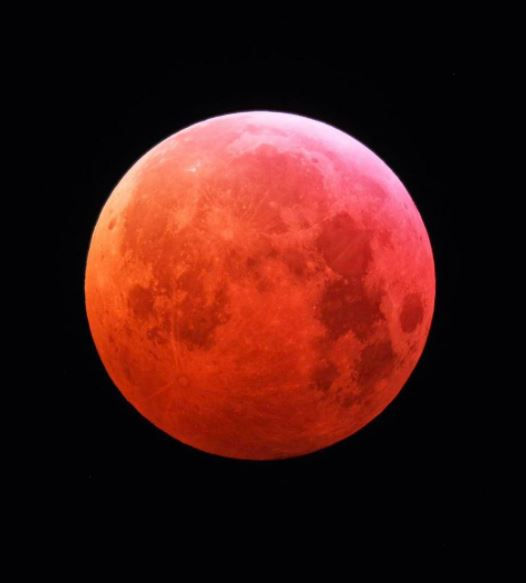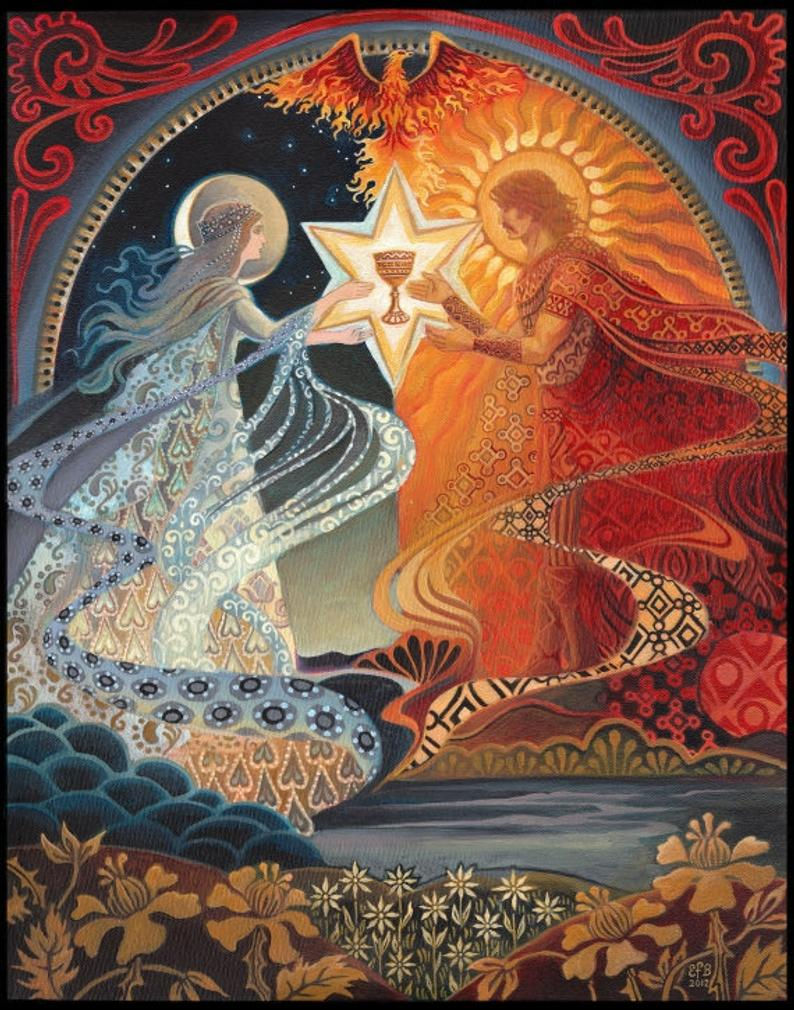2021 Celestial Events
- anakaterina25
- Dec 16, 2020
- 3 min read
JANUARY 28: WOLF MOON
This full moon was known to the Native American tribes as the Old moon or the Moon after Yule. The moon will be directly opposite the sun at a 180-degree ecliptic longitude, in that well-defined instant the moon will be completely full. In our Northern Hemisphere the moons path will be similar to the one of the summer sun, and it will stay out for 24 hours, so, make sure to enjoy the midnight sun.
MARCH 20: EQUINOX
This year the march equinox will occur at 9:27 UTC (coordinated universal time). It will mark the first day of spring in the Northern Hemisphere. The sun will shine on the equator giving us equal day and night.
MAY 6-7: ETA AQUARIUS METEOR SHOWER
The shower is produced by the remaining particles of the Halley comet and reaches 30 meteors per
hour. The best viewing will be from a dark location
away from city lights, as this year’s quarter moon will make it harder for the smaller meteors to be seen. The shower runs annually from April 19 to May 28, this year it peaks on the night of the 6th and morning of 7th. The meteors will radiate mainly from the Aquarius constellation, but you may still
catch some all over the night sky.

MAY 26: TOTAL LUNAR ECLIPSE
A total lunar eclipse occurs when the Moon passes completely through the Earth’s darkest shadow. During this the moon will become gradually darker and take on a rusty, blood red color.
JUNE 10: SOLAR ECLIPSE

The annual solar eclipse happens when the moon is too far away from the Earth to cover the sun, resulting in a ring of light around the darkened moon. The extreme path of the eclipse won't fully reach Europe, therefore we will only see a partial eclipse. This year the eclipse coincides with the New Moon.
AUGUST 2: SATURN AT OPPOSITION
This ringed giant will be at its closest distance from Earth with its face fully illuminated by the Sun. It will be visible all night long. This is the best time to view and photograph Saturn, as its rings and moons will be visible with the help of a medium sized telescope.

AUGUST 12-13: PERSEIDS METEOR SHOWER
The Perseids is one of the best meteor showers out there, It produces 60 meteors per hour at its peak. They come from the remains of the comet Swift-Tuttle, which was discovered in 1862. The shower runs usually from July 17th to august 24th, this year peaking on the night of the 12th and the morning of the 13th. The waxing moon will leave behind a perfect dark sky for meteor viewing. They will radiate from the constellation Perseus.
AUGUST 19: JUPITER AT OPPOSITION
Another giant planet will make itself visible on our night sky. Jupiter will be fully illuminated by the sun and will be visible all night. A medium sized telescope will be enough to view some detail in Jupiter’s cloud bands, however, a good pair of binoculars will allow you to see Jupiter’s four largest moon that will appear as large, bright dots on wither sides of the giant.
AUGUST 22: BLUE MOON

This full moon phase will occur at 12:02 UTC. This moon was named by the Native Americans the Sturgeon Moon because of the sturgeon fish of the Great Lakes. Normally, there are only three moons in a season. Full moons happen once every 29.5 days, so occasionally a lunar cycle will have four moons. This is the third of the four moons in this season. This calendar event happens rarely, hence the phrase “once in a blue moon”. They usually occur once every 2.7 years.

DECEMBER 13-14: GEMINIDS METEOR SHOWER
The Kings of Meteor Showers, the Geminids, are a real show. They originate from the debris that was left behind by the 3200 Phaethon asteroid. Producing up to 120 multicolored meteors per hour, it is considered the best shower in heavens. It runs from December 7-17 each year. This year the waxing moon will block out some of the fainter meteors, but this won’t be an issue considering the numerous and bright meteors that will be very visible. Judging also by the name, the meteors will radiate from the Gemini constellation.













Comments